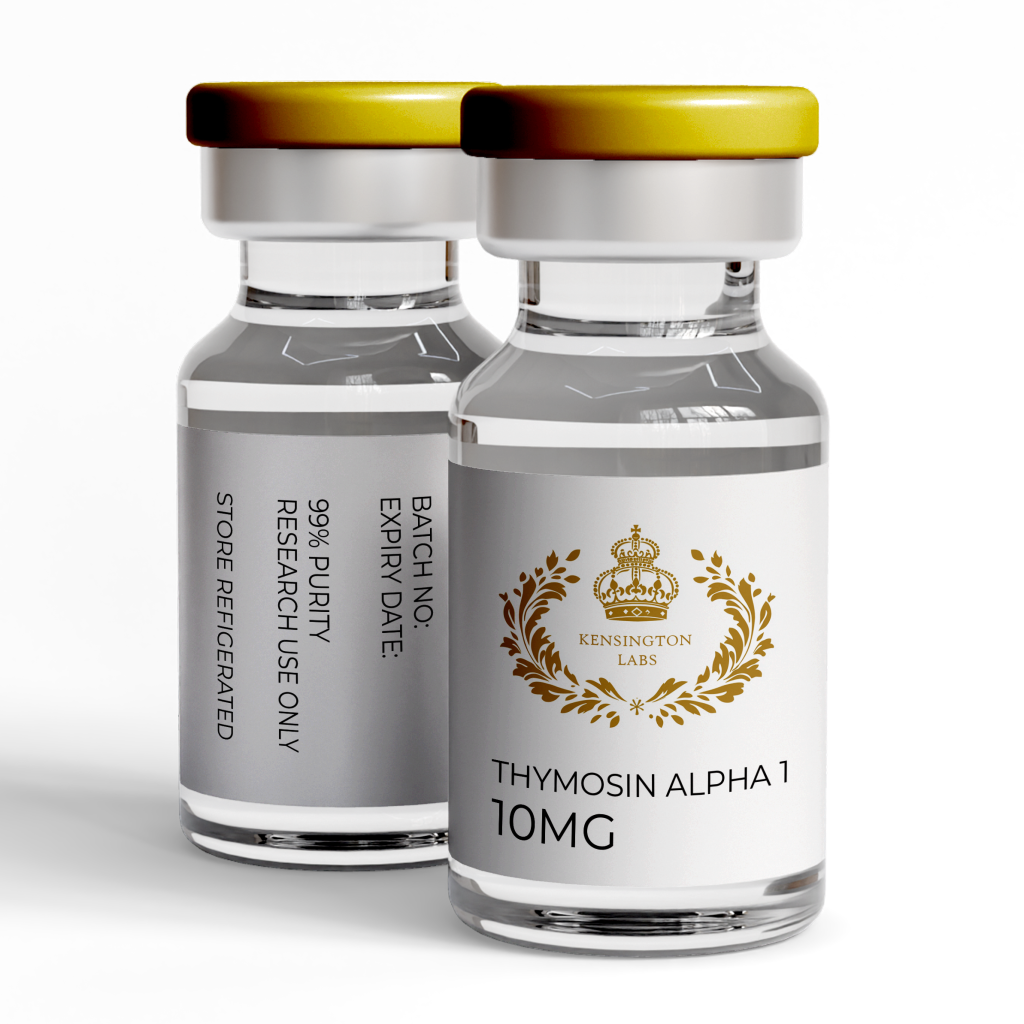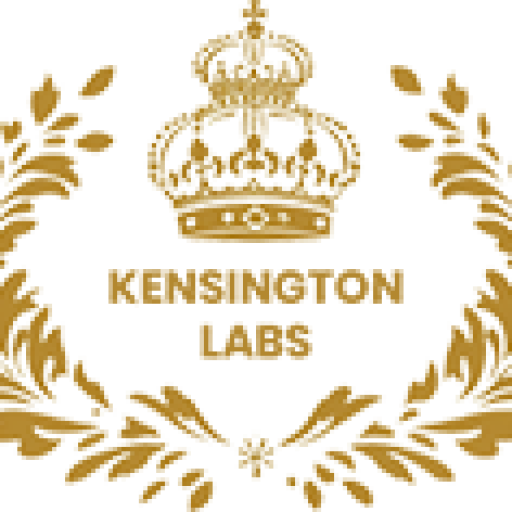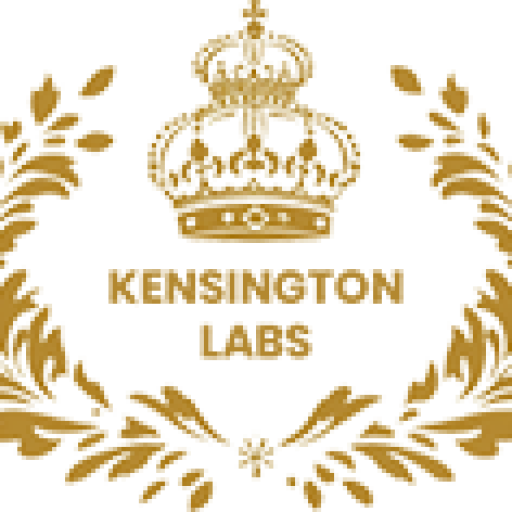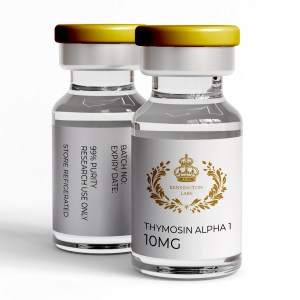Abstract
Verification of research peptides relies on analytical methods that confirm identity, purity, and structural integrity. This report outlines how Certificates of Analysis (COAs), high-performance liquid chromatography (HPLC), and mass spectrometry (MS) are used to ensure that research-use-only peptides meet expected analytical standards. Understanding these data structures is essential for evaluating supplier reliability and maintaining experimental reproducibility.
Introduction
In research environments, peptide quality directly influences data validity.
Whether used in receptor binding assays, signaling studies, or translational models, peptides must be accurately characterized. The industry standard involves providing:
-
Certificate of Analysis (COA)
-
HPLC Purity Profile
-
Mass Spectrometry Identity Confirmation
These documents and analyses ensure that researchers can verify the material’s chemical composition and batch integrity.
1. Certificate of Analysis (COA)
A COA is a batch-specific analytical record.
It should include:
| Parameter | Description |
|---|---|
| Purity (%) | Determined via HPLC trace integration |
| Identity Confirmation | Typically via MS (m/z match) |
| Appearance | Physical state (e.g., lyophilised solid) |
| Peptide Sequence (Optional) | Listed in single-letter or full format |
| Batch or Lot Number | Required for traceability |
| Date of Analysis | Indicates test recency |
A COA is not a marketing document — it is a scientific output from analytical testing.
2. High-Performance Liquid Chromatography (HPLC)
Purpose
To determine purity by separating the peptide from any impurities.
How It Works
-
The peptide sample is passed through a chromatography column.
-
Compounds elute at different times depending on their interactions with the stationary phase.
-
A detector records these elution profiles as a chromatogram, producing peaks.
Interpreting the Graph
-
Each peak represents a molecular species.
-
The area under the curve for the main peak corresponds to purity percentage.
Example:
-
A chromatogram showing a single dominant peak integrated at ≥ 98% indicates a highly pure research sample.
Key Consideration
Purity refers to chromatographic purity — not to sterility, clinical suitability, or biological activity.
3. Mass Spectrometry (MS)
Purpose
To confirm the molecular identity of the peptide.
How It Works
-
The peptide is ionized and fragmented.
-
The mass-to-charge ratio (m/z) of the fragments is measured.
-
The result produces a spectrum that should match the theoretical mass of the intended peptide sequence.
Why It Matters
Even if purity is high, a compound is not validated unless its mass identity matches its intended structure.
4. Traceability and Batch Control
A compliant research supplier must ensure:
-
Every batch has a unique lot number
-
Analytical data correspond directly to that batch
-
Documentation is available on request
-
Chain-of-custody can be demonstrated
This allows:
-
Reproducibility in research
-
Auditability
-
Detection of supply-chain inconsistencies
5. Red Flags to Be Aware Of
| Red Flag | What It Suggests |
|---|---|
| COAs without batch numbers | Generic or copied documents |
| “>99% purity” with no chromatogram | Marketing exaggeration |
| No MS spectrum provided | Identity not verified |
| Reused COAs across products | Mislabeling risk |
| Supplier refuses to provide analytical data | Non-laboratory sourcing |
These indicators often correlate with grey-market distribution networks.
Conclusion
Reliable research peptide supply depends on clear analytical verification.
A valid COA, HPLC purity chromatogram, and mass spectrometry identity match are the minimum standard for confirming chemical accuracy and research integrity. Suppliers that operate without these controls cannot support reproducible scientific work, highlighting the importance of transparent documentation.
References
-
Snyder, L. et al. Practical HPLC Method Development. Wiley.
-
Gross, J.H. Mass Spectrometry: A Textbook. Springer.
-
MHRA. Guidance on Analytical Verification for Research Substances.
-
European Pharmacopoeia. Analytical Methods for Peptide Characterization.





